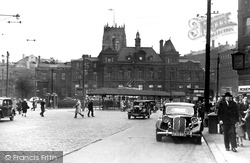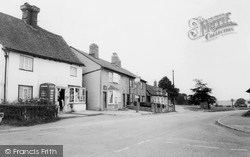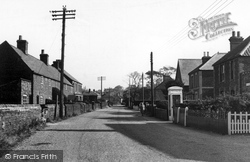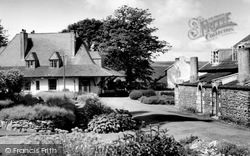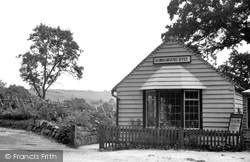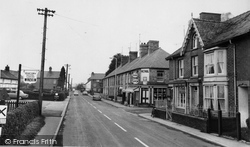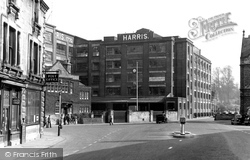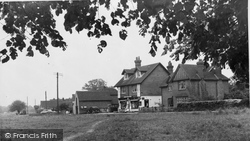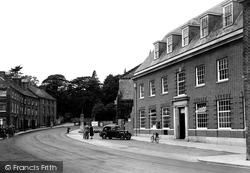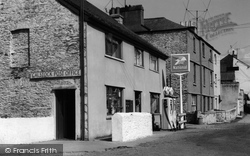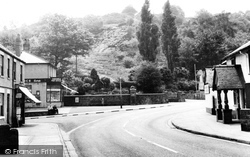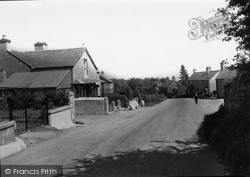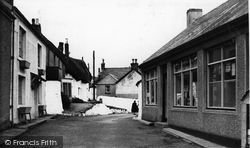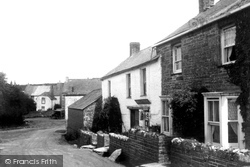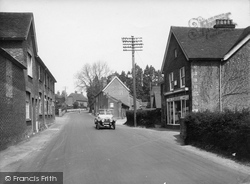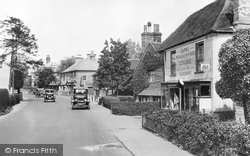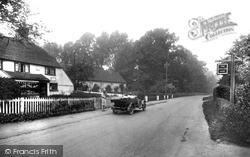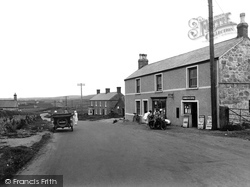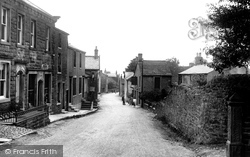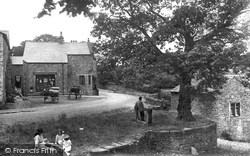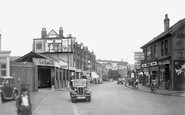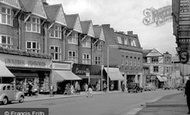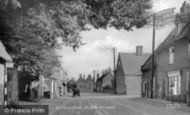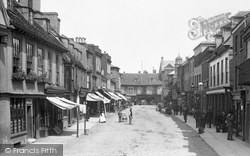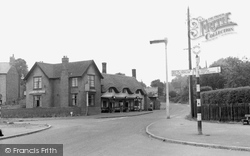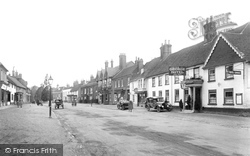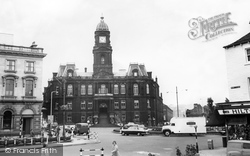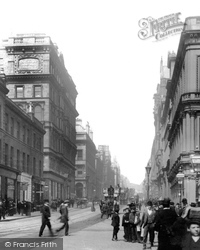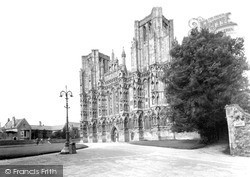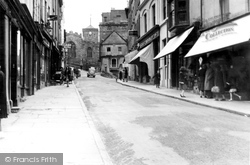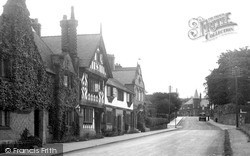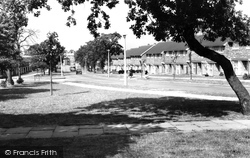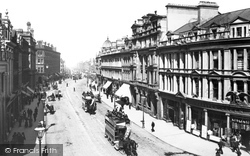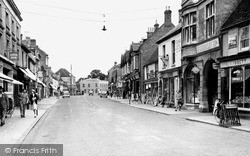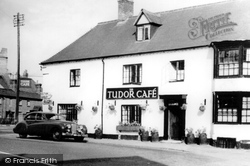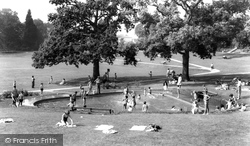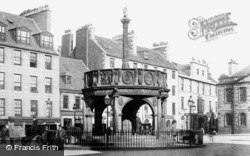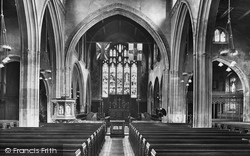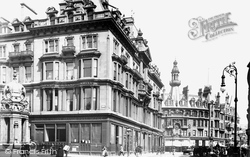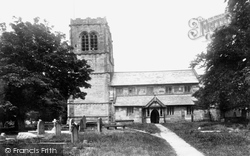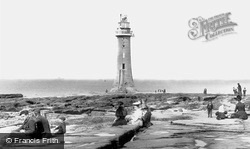Places
9 places found.
Those places high-lighted have photos. All locations may have maps, books and memories.
Photos
2,748 photos found. Showing results 1,081 to 1,100.
Maps
776 maps found.
Books
1 books found. Showing results 1,297 to 1.
Memories
2,736 memories found. Showing results 541 to 550.
Purley Parade
We moved into the spacious four-bedroomed maisonette over Purley Radio in Purley Parade in 1955 and I attended Christ Church primary school, just over the other side of High Street (sadly demolished in 1967). A policeman used to see us ...Read more
A memory of Purley
Young Parkinson Family Of Crook, Howden Le Wear, And Barnard Castle Co. Durham
My Mum, Edna Young, was born at 6, Cemetery Cottages, Crook, on the 26th of December, 1922. Dad was Walter Lawrence Young, who was born: (35) Bridge Street, in Howden le Wear, and Mum, was Hilda ...Read more
A memory of Crook by
Schooldays In Dearne
It's incredible how one can recall memories from a remarkably long time ago. In fact, I still remember that on my fourth birthday, I received two identical birthday cards from different people. I can even remember the ...Read more
A memory of Bolton Upon Dearne by
Newbury Way And Rayners Gardens
I'm Steve and the earliest memories are of Newbury Way, a lower half of a 2 bedroom maisonette with an open coal fire and larder including a concrete slab to keep stuff cold. I recall riding my three wheeled bike around ...Read more
A memory of Northolt by
Living On Reynolds Drive : 1964 To 1983
My name was Donna Francis and I lived at 106 Reynolds Drive with my mum, Diane Francis, dad Donald Francis, brother Colin and sister Tina. Our neighbours were Vera and George Monk, Ted and Helena Weatherly ...Read more
A memory of Queensbury by
Driftbridge Stables
I was too young in the 1950’s to use the Hotel and pub but I learnt to ride at the Driftbridge Stables, that used the land, stables and coach houses from when the hotel had been a Coaching Inn. Having learnt to ride on Nutmeg, I ...Read more
A memory of Drift Bridge by
Harrow Driving School Rayners Lane 1985 1986 Approx
Memories of getting the tube from Arnos Grove to Rayners Lane and then the long walk up Imperial Drive - until reaching the driving centre. The set up included traffic lights, zebra crossings, ...Read more
A memory of Harrow by
Post Office
I remember that postage stamp machine outside the post office. If you put a halfpenny in the penny slot & flicked it in forcefully you obtained a penny stamp. My mother made me & a friend, who shall remain nameless, return ...Read more
A memory of Skelmanthorpe by
High Street Wilburton
This is the other side of the road from the Post Office, with a very old car parked in front of Hazel's shop, which sold all sorts of things including penny chews and sweets. You can see the old tree, and the bus stop and the end ...Read more
A memory of Wilburton by
Northfield Ymca C1964
My family, mum, dad and 2 brothers, moved to Northfield from Whitehaven in 1964. My dad was General Secretary of the Northfield YMCA. The "club" building was still under construction at the time with it's distictive Hyperbolic ...Read more
A memory of Northfield by
Captions
1,653 captions found. Showing results 1,297 to 1,320.
The 1898 view shows the earlier type of blinds used by the shops to protect their goods: the awning is supported on wooden posts driven into the road surface.
about the 'fine lady upon a white horse' who rode her 'Cock horse to Banbury Cross' (possibly Celia Fiennes); or about the infamous Dick Turpin, who apparently visited just about every staging post
The Petty Sessions were held here until 1882, and over the years the premises were also a posting house, a railway booking office and an Excise and Inland Revenue office.
Behind the bank was the Post Office (1907-1988) and the magnificent Empire Theatre (3rd July 1909 to 24th April 1955) whose closure, caused by TV and cinema, was so sudden that the stars booked for the
In 1878 Alexander Graham Bell revisited his native land to demonstrate the telephone to the British Association meeting hosted by Lord Kelvin.
The letter box beneath the lamp post has gone. The sign on the far right of the picture directs visitors to Wells Museum on the left.
Below and to the right of St Mary's Church we can see the gable end of the Old Post Office.
The post-war, post-colonial world saw Britain's dominance further reduced.
The second was William Hesketh, later Viscount Leverhulme, who came here from Bolton in 1887 and set up his soap factory at Port Sunlight.
Whitmore Way was the site of Basildon's first proper shopping parade: this included a post office, a Martin's newsagent and a much-needed chip shop.
Neither of those ran ferries to the port. The largest category of tenants was those dealing with the ramifications of the clothing trade.
He moved into the building on St Neots Market Square that had once been the post office in April 1914 and subsequently into the High Street, where the present shop is still run by members of the
Portsmouth acquired city status in 1926 and its prestige was enhanced even further (Sarah Quail) A view of early 20th-century housing and post-Second World War housing development on the mainland
Perhaps the date was regarded as a mere figure on the calendar, although the local Staffordshire Newsletter and Stafford Post each brought out special editions, and there was correspondence debating
Dunchurch itself became an important staging post on the London to Holyhead and Oxford to Leicester roads.
For the most part the going was fairly easy, but there was a midway point where the road had to traverse the Can and the Chelmer. One was wide, the other boggy.
A central post office had been built in High Street in 1882-85, but in 1907 it was replaced by the present building in Wide Bargate which was soon extended to include the sorting office and the
The post-war environment meant that many clubs and societies flourished; the Haywards Heath Round Table was just one example. In 1956 they resuscitated the Dolphin Fair.
It has been used as the city's first post office, till increasing literacy demanded bigger premises.
The Sheet tollhouse became the village's post office before its demolition in the 1930s, but in 2005 its hemispherical two-part door can still be seen in good condition, not a mile away from
Here, in the middle of all the people, animals and carts, stood the Market Cross - an open-sided structure consisting of a roof supported on wooden posts.
had terraces of dwelling houses on all four sides, but they were demolished from 1869 onwards and their place taken by the great public buildings occupied by the Bank of Scotland, the General Post
It helps to explain that, except for the post war development, Mobberley is a village of many pubs, as each little settlement knot has at least one place of refreshment.
New Brighton is situated on the extreme tip of the Wirral Peninsula, and is separated from the busy city and port of Liverpool by the River Mersey.
Places (9)
Photos (2748)
Memories (2736)
Books (1)
Maps (776)




